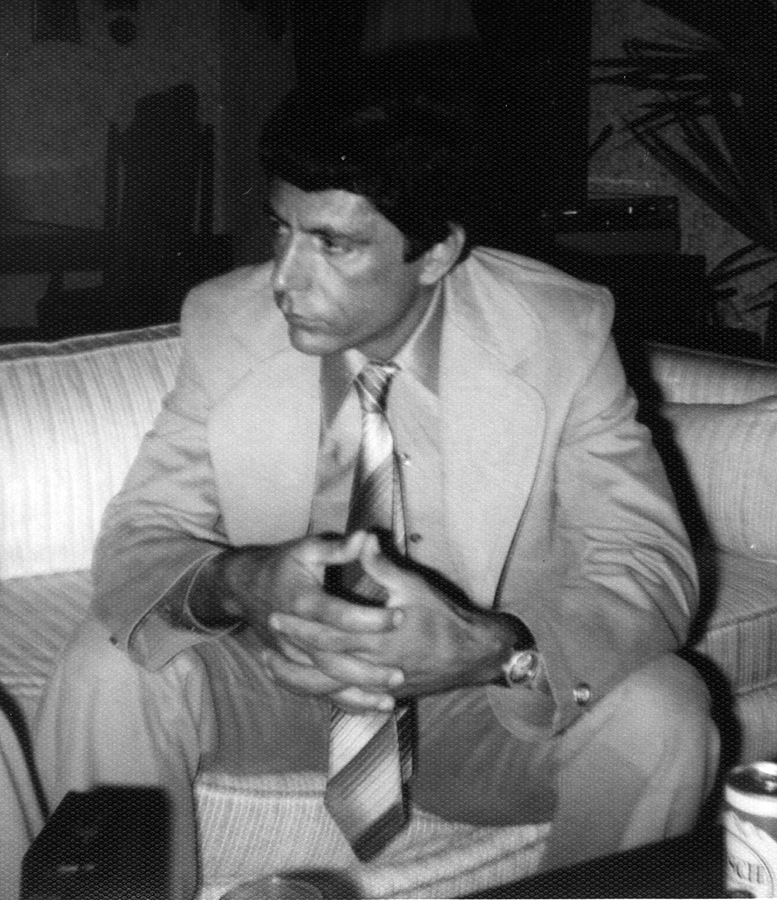Miami was 2nd In Terrorist Attacks From 1986-2019
A Few Parts of Forgotten History
By: Henry Wong
The data used in this post is from the RAND Database of Worldwide Terrorism Incidents which contains data on terrorist attacks throughout the world from 1986-2009.
This data set was a change of pace for me. For the past year, I have gone through university data, rugby players, betting on political campaigns, and irritating my friends by telling their favorite sports team has a low probability at winning.
To start things out I wanted to look at only America and then from there I sorted by number of Terrorist attacks per city.
New York City and Washington D.C I expected. New York City is home of The Statue of Liberty and often an image of the American Dream. Washington D.C. is the capital, a natural political target. But, Miami? Although the sixth densest city in the US, it doesn’t feel like 2nd in the highest number of terrorist attacks. So, I decided to look a bit further into it by limiting the data set to just Miami and tracking the perpetrators of these attacks.
With “Other” being the biggest category, I had to dig through every “Other” row entry for Miami. It appears all the “Other” entries are related to a group or cause, just not directly.
For example, on December 4th, 1975 there was a series of reported connected bombings. The Miami FBI headquarters, a Social Security Office, a State unemployment office, 2 post offices, a bank, a state attorney’s office, and the Miami police headquarters was bombed within December 3rd and 4th. The suspect was Rolando Otero Hernandez, a former member Brigade 2506. A CIA-sponsored group of Cuban exiles made to overthrow the Castro government. I’m currently having a hard time trying to find court records, but from those that I did find, the FBI believed he had ties with Anti-Castro groups.

Even in the “Unknown” category, there seems to be connections to attacks. An attack on March 1994 where 3 Haitians were targeted in a shooting in Little Haiti. The police insisted there was no link to TonTons Macoutes, the Haitian community said otherwise. The TonTons Macoutes aren’t exactly terrorist. They were a special ops unit under the Haitian president at the time Francois Devalier who was known to be a bit ruthless with his enemies. However, most sources list the TonTons Macoutes under “semi-legal”, which seems to be enough for RAND.
Most of the “Other” and some of the “Unknown” attacks in Miami were linked with groups of some sort. In the graph below you can see a bit of the descriptions. I’m not 100% sure if I’m allowed to share the whole text for each attack right here, so if you want to know the whole thing check out RAND Website (link above).
In the graph below I also included data on the last 6 day change average of the S&P 500 before the day of the attack. Although, there are a lot more factors than attacks that influence the stock market, I thought it would be interesting to look at.
The size of each point is the 5 Day Market Change, it's the mean of the change values between the stock market closing values within the next 5 days plus the day before the attack.
A little note I’d to make about the graph is the decline of the AntiCastro movement, by 1985 there doesn’t seem to be very much activity. This could be possibly be due to the indictment of a few Anti-Castro movement leaders (Omega 7) or the rumors are true and the CIA defunded these groups. I wouldn’t know, I’m not a history major. Just a college kid that went down a rabbit hole of dated news articles and pieces of court reports.
Based on the descriptions of each attack, it's clear that most attacks came from tensions with Cuba and Haiti, with the exception with the one fire at the Nicaraguan Sandinista Liberation Front Miami offices in the US. Both Cuban and Haiti conflicts in the 1960's - 1990's were important not only to just Miami but to the US as a whole. However, is rarely talked about in US classrooms. Thus, often we are surprised to see Miami anywhere close to the top of a terrorist attack list. It's easy to forget history, especially if it isn't right in front of us. But we must remember, because the most effective way to destroy people is to deny and obliterate their own understanding of their history (George Orwell).
If you have any questions please shoot me a message whether it’s about the graphs or you’re fact checking me (which please do, like I said, I’m not a history major). Thanks for tuning in!
Here are the ipython notebooks I used to analysis the data